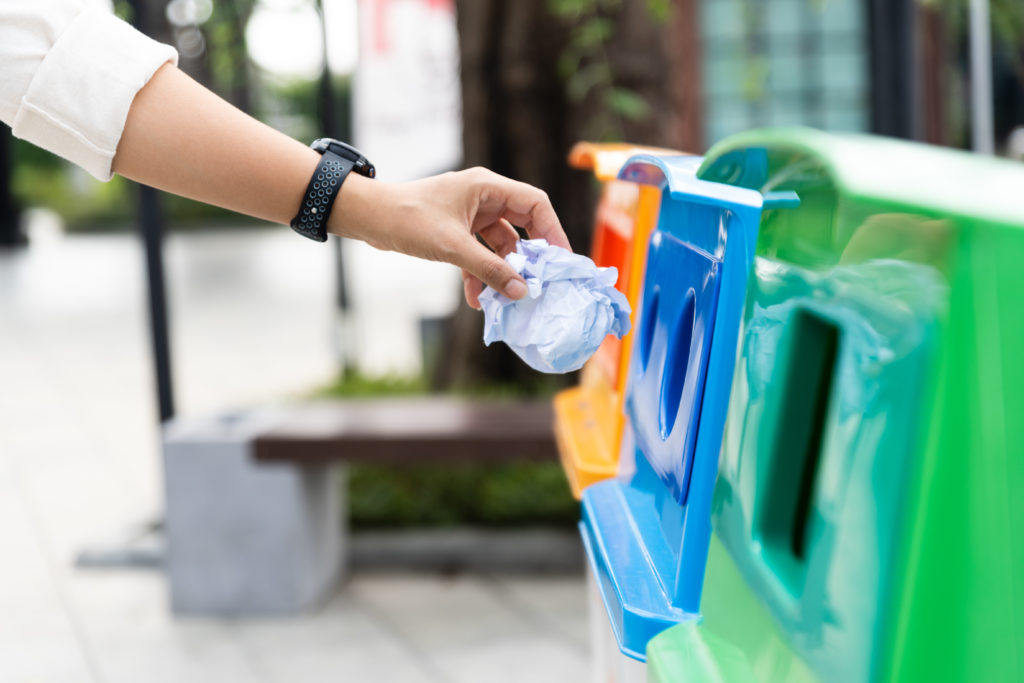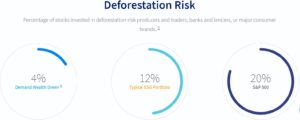
That Instagram post you saw with the girl holding a green smoothie in a mason jar claiming to be #zerowaste probably isn’t. Though I’m sure she creates less waste than the average joe, unless she grows her own hemp to weave her underwear, it’s safe to say that even ‘Try Hard Trina’ isn’t 100% eco-friendly. There are a growing number of people who claim to be part of the zero waste community, such as the ‘Fairly Local Family’, who minimize their waste so drastically that they can fit a year (or more) of trash into a dainty eight-ounce jar. Though this may seem waste-less, in the modern era you can never truly reduce your waste to zero. The idea of zero waste is fraught with failure. Items, such as food from bulk bins, arrive at the store in packaging even if they are coming home package-free. Second-hand clothes will eventually wear out and get tossed. You will contribute to the waste stream unless you decide to live off the grid or move to a zero-waste community like Kamikatsu, Japan. Creating no waste is a goal, something you attempt- like maintaining a 4.0 throughout all of college. But remember, as some students say, “C’s get degrees”, you don’t need reusable toilet paper to make a difference.
How do I Minimize Waste?
Instead of focusing on the “zero” in zero waste, it’s more important to focus on minimizing waste. Unless society gets on the bandwagon of change, your great-great-grandchildren could live in a wasteland such as the one Wall-e has been warning us about. Even if every single water bottle got recycled, simply drinking tap water from a reusable cup creates less waste, less greenhouse gas emissions, and less energy (via transportation and industrial processing) than even the most efficient recycling program. Taking the low waste approach considers the product’s life cycle, not just its recyclability.
Try to Focus on the 6 Rs:
- Refuse what you don’t need (single-use plastic: when you order delivery specify “no utensils”, paper towels, plastic razors, etc)
- Reduce what you do need ( Stop buying new clothes, eat the food you have before buying more)
- Reuse what you have (try to fix an item before throwing it out, use empty food containers)
- Rot what’s left (when shopping buy items that can be composted)
- Recycle as a last step when the previous 5 R’s won’t work
Every single paper towel, razor, or grocery bag that gets thrown away doesn’t just disappear. The U.S alone produces 250 million tons of trash per year; about 4.4 pounds of trash per person per day. If the thought of putting every bit of trash you are responsible for into a jar is too excessive, try lessening your waste by 10% and gradually increase that percentage. If every person minimized their trash by a mere 10% we would be saving ~1.5 million pounds of trash per day. Zero waste isn’t an all-or-nothing challenge.
“We don’t need a handful of people doing zero waste perfectly. We need millions of people doing it imperfectly” – Anne Marie Bonneau aka The Zero-Waste Chef
Green Investing with Less Waste
Although you may not realize it, if you’re invested in the overall stock market via your IRA, 401k, or any investment account, there are a few statistics you should be aware, and probably concerned about. 9% of companies in the S&P 500 burn or extract fossil fuels, 3% promote the use of tobacco, and 20% contribute to deforestation… Yikes! Now, you may be thinking that a quick fix to this would be to get any old ESG (Environmental, Social, Governance) portfolio, but you have to look under the hood of the actual holdings of those portfolios. In fact, those “environmentally friendly” portfolios do reduce their percentages in the three categories mentioned above, but certainly not by as much as you would think. Take a look at this graphic below to show the difference between the JUST the deforestation risk that comes with the average ESG portfolio. The rest can be found here.

We’ve already discussed how zero waste is impractical, if not impossible, so a significant decrease is one of the best ways we can keep the earth healthy. That’s why ‘Demand Green‘ exists. To give you a real investment option that actually does make a difference, and isn’t just designedto make investors feel better that their portfolio says “environmentally friendly”, when in fact, it’s not much better.
Always try to keep in mind the practicality of how we can be environmentally conscious as humans. As I said before, making a difference doesn’t mean you have to switch to reusable toilet paper. In fact, most of the best ways that we can improve the earth’s health don’t actually require much effort. They just require us to be a little more conscious about how we do things.
